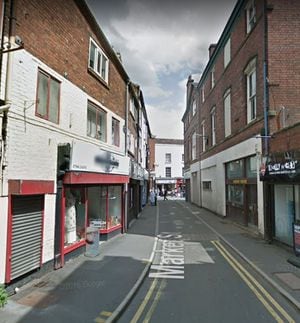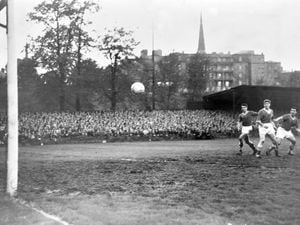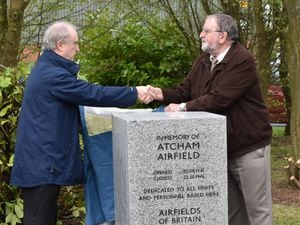Archive photos of Wellington show how much one of Shropshire's biggest towns has changed
Wellington is one of Shropshire's most prominent towns and it has a lot of history - history that has survived despite Wellington being enveloped into Telford when the new town was created in the 1960s.
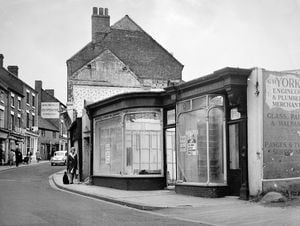
That said, the historic market town has had to adapt to changing times to survive and offer something different from its younger brother's gleaming modern shopping centre.
Some of the many fascinating historic photos from our archive help tell the story of modern Wellington and how it has been shaped.
Demolition at Tan Bank
Any visitors to Wellington centre today will know it as a pedestrian-only zone, closed off to vehicles.
But that is a fairly recent development - cars were still happily tooting around the square plus up and down New Street as recently as the 1970s.
Then it was decided that the future of Wellington centre would be car-free, and work began not only to block off access to vehicles but to provide new rear service access to the many businesses populating the centre of the town.
That meant knocking down buildings to create new access, including at the bottom of Tan Bank. You might be surprised to learn that the road now curves and travels directly through what was once just another office building.
Demolition work was well underway in 1973 as you can see below - and with offices right next door, the Shropshire Star and Telford Journal were perfectly positioned to report on it.
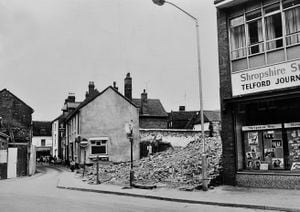
What does it look like today?
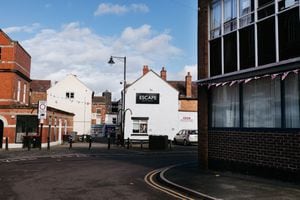
Belmont Hall
The instantly recognisable shape of Belmont Hall is one of the few things that hasn't changed in the town centre since the redevelopment in the 1960s - though its future wasn't always guaranteed.
The handwritten note on the back of this old photo from September 1964 says: "The £7,000 Belmont Hall, built for the Wellington old people's welfare committee with funds raised by public subscription and opened in 1961 by Lord Bradford.
"The hall will have to be demolished when the proposed redevelopment of Wellington is carried out because it stands in the middle of the central redevelopment area."
That welfare committee had the last laugh however - the hall survived the pedestrianisation of New Street intact, and is still used regularly to this day.
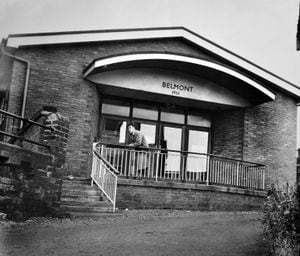
What does it look like today?
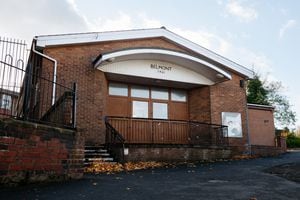
Old Hall School on the corner of Limekiln Lane
On the corner of Holyhead Road and Limekiln Lane there once stood Old Hall, one of Wellington's many schools.
Though Old Hall School as an institution survives today a few hundred metres to the north near Wrekin College, the original building off Limekiln Lane is now private accommodation.
Luckily for architecture buffs, the distinctive Tudor-style frontage facing onto Holyhead Road you can see in this photo from 1969 remains.
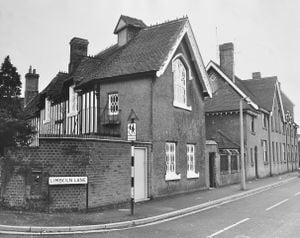
What does it look like today?
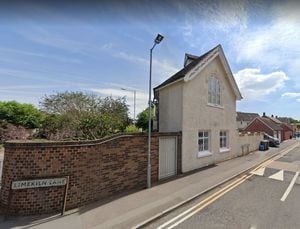
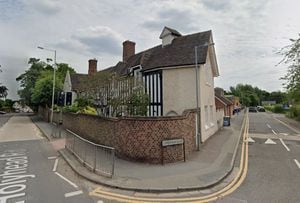
New Street
The sloping, gently winding New Street is perhaps the part of the town centre that changed the most in the modernisation of the 1970s.
You can see from this photo from 1967 just how different it was - a wide road with cars driving up and down past single-storey shops and even a few houses.
Nowadays, New Street is the main pedestrianised shopping street in the town, lined with shops of all kinds from supermarkets to Wetherspoons pubs to charity shops.
The redevelopment of the town centre was obviously already on the agenda when this photo was used in the Shropshire Star in April 1967, as an attached caption said: "Three of the shops in New Street, Wellington, which are being temporarily brought back into use as no decision has yet been taken on the town centre's redevelopment."
The accompanying story began: "If Wellington is not developed soon, it will die. This warning is given by a property development chief responsible for the town's proposed 20th century centre, in a protest at continued delay in giving the project the go-ahead.
"The warning comes from Mr J T Parker, managing director of Ceres C. I. N. Co Ltd... The firm has had plans for reshaping much of the town centre along New Street for two years.
"But for two years the red light - switched on by the Ministry (of Housing) partly because of uncertainty over future planning in East Shropshire - has shone against it..."
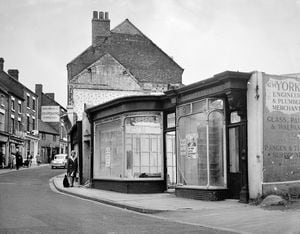
What does it look like today?
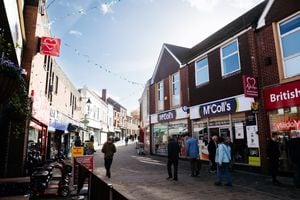
Market Street
Anyone who has spent time in the centre of Wellington will be familiar with the curiously narrowing end of Market Square that emerges by the Square and the market clock.
Alas, at the time of writing that end of the street is all stuffed up with scaffolding for work on the buildings there, but a Google Maps photo from recent years helps illustrate how the trends of the time have changed since our archive photo was taken in November 1966 - from Florence Dixon and Adlard to vape shops and takeaways.
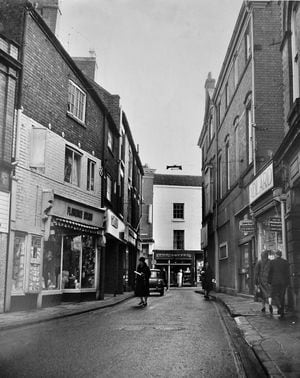
What does it look like today?
